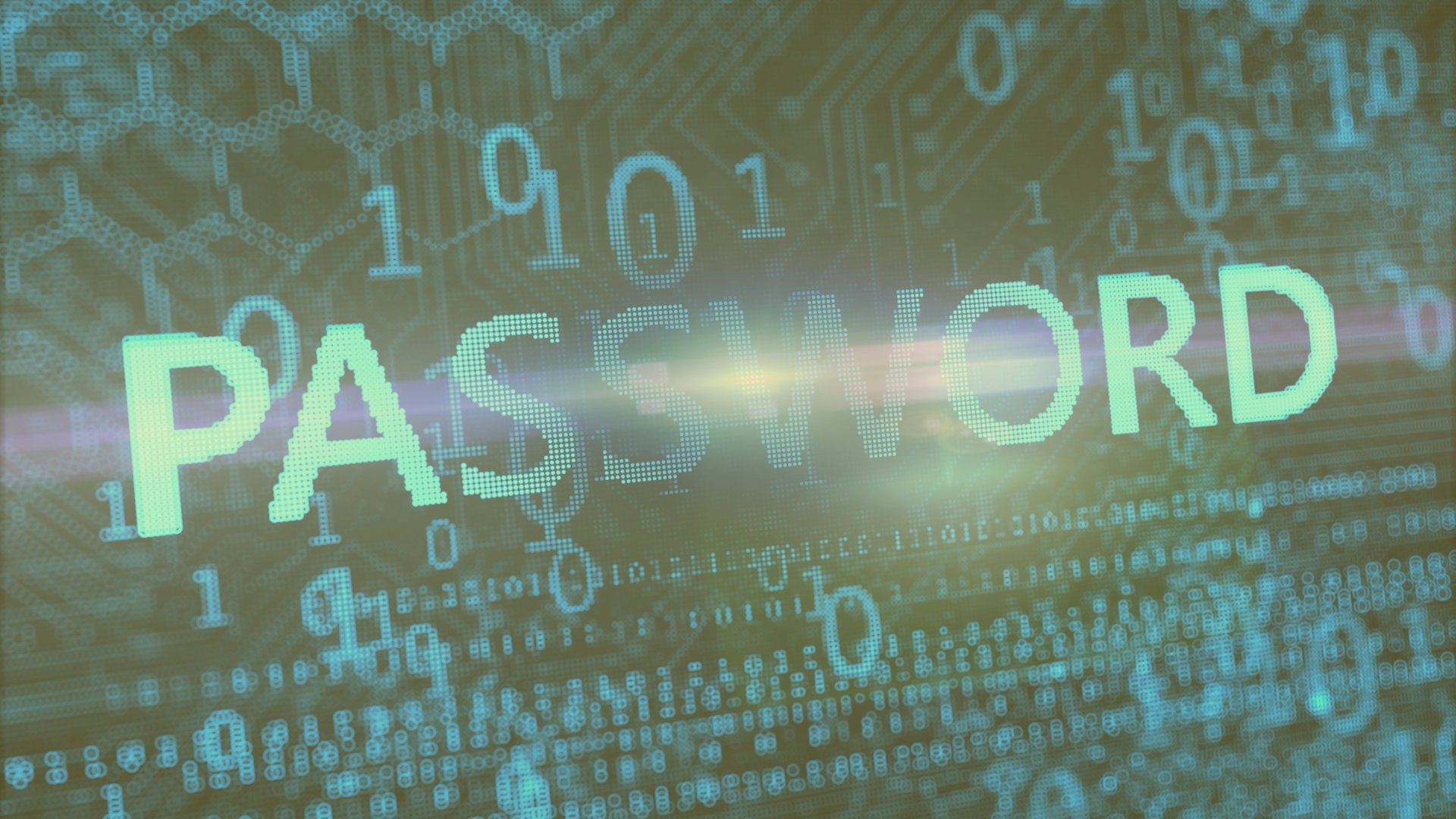
In today’s cybersecurity landscape, where technologies like biometric authentication, multi-factor authentication (MFA), and passwordless access are becoming more common, one might assume that traditional passwords are becoming obsolete. However, the reality tells a different story. Despite advances in authentication methods, passwords remain the weakest link in most digital systems and platforms.
Technically speaking, passwords have been the cornerstone of authentication models for decades. From early UNIX systems to modern web platforms, passwords have persisted as a low-cost, easy-to-implement mechanism that users are familiar with.
While more secure alternatives exist, such as certificate-based authentication, public key infrastructure, or biometrics, these solutions present challenges including compatibility, infrastructure costs, user resistance to change, and in some cases, accessibility issues. As a result, there is a structural dependency on passwords.
From the user’s perspective, a password offers a sense of control. The user “owns” their password, they choose it, remember it (or reuse it), and often view it as part of their digital identity. However, as much as we feel passwords are reliable, they are not. Passwords are vulnerable and increasingly easier to hack.
Below are some of the key reasons why relying solely on passwords can lead to security breaches.
One of the most common, and dangerous, mistakes is reusing passwords across multiple services. Various studies show that around 60% of users reuse the same credentials on at least two platforms. This means that if an attacker compromises one account, they can escalate the attack to others using techniques like credential stuffing.
Boosting password complexity is a common recommendation, uppercase and lowercase letters, numbers, symbols, minimum length, etc. However, this often clashes with the average user’s memory capacity. As complexity increases, users tend to develop insecure habits like writing passwords down, storing them in emails, or choosing predictable patterns.
Another critical issue is storing passwords in plain text or using outdated hashing algorithms. Notorious breaches like those at LinkedIn, Adobe, and RockYou revealed that many companies failed to implement secure storage techniques like bcrypt, scrypt, or Argon2, exposing millions of passwords to offline attacks by cybercriminals.
No matter how strong a password is, it becomes useless if the user willingly enters it on a fake website or shares it over a phishing call. Phishing remains one of the top attack vectors, with increasingly sophisticated tactics like lookalike domains, valid SSL certificates, and targeted spear-phishing campaigns.
A quick and highly effective strategy is to use password managers. These tools generate, store, and auto-fill strong, unique passwords for every site, eliminating the need to remember them. Many managers also offer security alerts, reused password audits, and checks against breached password databases.
Adding a second factor of authentication, such as TOTP (Time-based One-Time Passwords), physical tokens like YubiKey, or push notifications, significantly increases account security. Even if a password is stolen, the attacker would still need physical or logical access to the second factor.
While SMS-based MFA is better than none, it’s vulnerable to SIM swapping and malware interception. Apps like Authy, Google Authenticator, or FIDO2-compliant solutions are recommended instead.
Rather than enforcing arbitrary complexity, many organizations are moving toward smarter policies:
Passwordless methods are gaining traction, especially in enterprise environments. These include biometric authentication (fingerprints, facial recognition), cryptographic tokens, and authentication through trusted devices.
Alliances like FIDO (Fast Identity Online) and standards like WebAuthn are enabling more secure, user-friendly passwordless authentication. These methods use public-key cryptography to authenticate users without transmitting secrets to servers, reducing risks of phishing or interception.
Over 500 million records were exposed due to unauthorized access. Although the attack used multiple vectors, the use of weak passwords and lack of MFA contributed to the scale of the breach.
The ransomware attack that disrupted major U.S. fuel infrastructure occurred because a VPN account without MFA was compromised. The leaked credentials were found in black-market databases, and the password in question had been reused.
Despite the progress in authentication technologies, passwords still hold a prominent, and vulnerable, position in the digital security chain. The solution isn't to eliminate passwords outright, but to strengthen the entire authentication ecosystem.
This involves combining technical best practices (secure hashing, MFA, anomaly detection) with user education and the gradual adoption of passwordless technologies. The goal isn’t to demonize passwords but to reduce their risk as an attack vector.
In today’s digital world, a strong password alone is no longer enough. A multi-layered security mindset, based on anticipation, automation, and resilience, is essential. Only then can we turn the weakest link into a strong, adaptive pillar for modern security needs.